Driven primarily by baby boomers and fitness enthusiasts who value natural approaches to health products that support joint health and mobility are sure to increase in popularity. Our aging population is experiencing the pain and discomfort from years of abuse from accidents, surgeries, inflammation, ultra-processed foods, and just plain wear and tear from everyday living. NEWTON homeopathics® PRO Joint Care is formulated with old injuries in mind.

Our entire population has become more focused on the power within us to stay healthy through proper diet and exercise. Along with that realization comes the potential for injury or over-working our muscles and joints. It is important to have an arsenal of natural approaches to address these discomforts in order to support and encourage the continuation of therapeutic activity.
Although homeopathy has been around for over 200 years and is standard medicine in England, Europe, and other parts of the world, it is new to many Americans. I have found that many natural-minded patients gravitate to naturopathy, chiropractic, acupuncture and massage to address joint issues because they are more familiar with these approaches. In my opinion, all these natural practitioners would be wise to incorporate homeopathy as an adjunct to their therapy but steer clear of homeopathy because they too are unfamiliar with it. I get an adjustment every Monday and my massage every Wednesday, but I use NEWTON homeopathics® PRO Drainer every day.

Because many of your patients are also taking pharmaceuticals, homeopathy should be considered amongst the first choices for adjunctive therapy. Homeopathy has no known food, drug, or herbal interactions and no known side effects, unlike supplements and pharmaceuticals, making it an ideal option for consumers.

Many natural practitioners embrace the opportunity to offer their patients a comprehensive range of natural health options, including homeopathy. Consumers come to you for “natural” and would welcome substitutes to some pharmaceuticals they are refusing to take or want to work with their allopathic medical doctor to replace their pharmaceuticals. Don’t limit your offerings due to a lack of understanding. Educate and empower yourself and your customers about homeopathy and broaden the selection of available options. NEWTON and the American Academy of Clinical Homeopathy (AACH) has an abundance of educational offerings to make you comfortable with using homeopathy.
NEWTON homeopathics® has several complexes targeting a variety of conditions that may affect the joints and muscles. One of NEWTON homeopathics® most popular complexes is PRO Joint Care which is formulated for associated symptoms such as pain, stiffness and swelling. Formulated using Dr. Chaltin’s clinical homeopathy approach, it contains 27 single remedies, making it a comprehensive complex addressing all the various aspects of joint health and inflammation. NEWTON homeopathics® PRO Muscle-Tendon is formulated for associated symptoms such as bruising, pain, soreness, stiffness, spasms and weakness. NEWTON homeopathics® PRO Injury Rescue is formulated for symptoms associated with trauma or medical procedures such as pain, emotional upset, bruising and inflammation. NEWTON homeopathics® Sports Recovery is an OTC option formulated for workout recovery and for symptoms associated with injury, overexertion and emotional distress.

Homeopathy, developed over 200 years ago, is based on the principle of similia similibus curentur (like cures like). The Homeopathic Pharmacopoeia of the United States (HPUS) is recognized in the Food, Drug and Cosmetic Act of 1938, and the selection of remedies is guided by homeopathic materia medicas. Label indications are based on traditional homeopathic practices and are not based on randomized, controlled clinical trials (RCTs).
Although few homeopathic complexes have undergone RCTs, there is plenty of research that focuses on specific homeopathic single remedies. The National Center for Homeopathy (NCH) is a U.S.-based organization that hosts research articles and resources, the American Institute of Homeopathy (AIH) houses over 5,000 research references and the Homeopathy Research Institute (HRI) is a UK-based charity dedicated to promoting high quality research in homeopathy on an international level.
In one study, sixty-five patients diagnosed with osteoarthritis were placed in two groups utilizing a double-blind process. One group was given a common pain medication, acetaminophen. The second group was given a homeopathic indicated for pain. The homeopathic was found to produce a higher level of pain relief than the acetaminophen with no adverse effects. (Shealy C.N., et al. (1998): “Osteoarthritis Pain: A Comparison of Homoeopathy and Acetaminophen.” American Journal of Pain Management 8, 3: 89-91).
In another study, forty-six patients diagnosed with rheumatoid arthritis were divided into two groups of twenty-three patients each. The first group of patients received standard first-line anti-inflammatory treatment plus homeopathy. The second group received the standard first-line treatment plus a placebo. There was a significant improvement in subjective pain, articular index, stiffness and grip strength in those patients receiving homoeopathic remedies. There was no significant change in the patients who received placebo. No side effects were observed with the homoeopathic remedies. (Gibson, R. G., S. Gibson, et al. (1980): “Homeopathic therapy in rheumatoid arthritis: evaluation by double-blind clinical therapeutic trial.” Br J Clin Pharmac 9: 453-459).
A meta-analysis published in the British Medical Journal examined 14 trials in which some form of classical homoeopathy was used, 58 trials in which the same single remedy was given to patients with a comparable traditional diagnosis, 26 trials in which combination remedies were used and 9 trials where isopathy was administered. Although the quality of the trials varied, the results showed a positive trend regardless of the quality or the homeopathic approach used. Of the 105 trials with interpretable results, 81 trials indicated positive results, and 24 trials demonstrated no positive effects. (Kleijnen, et al. (1991): “Clinical trials of homoeopathy.” BMJ 302: 316-23).
If you have not incorporated homeopathy into your practice, please consider doing so. Consumers are searching for medications that don’t have the side effects and toxicity of pharmaceuticals. Help them out.


